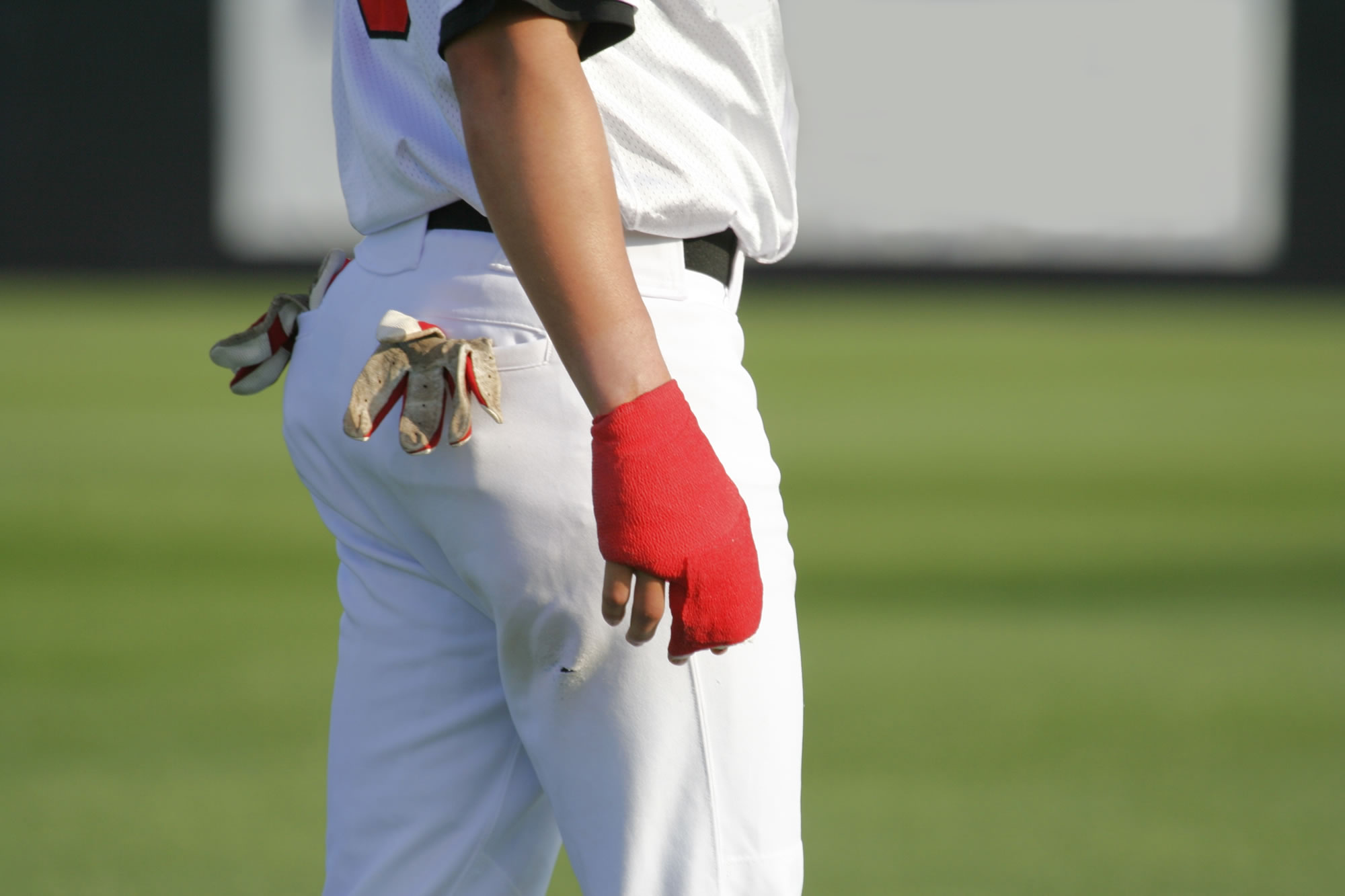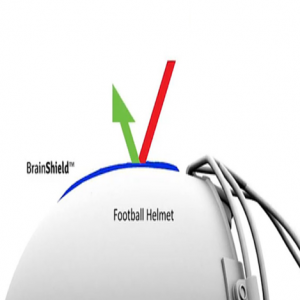Chronic Traumatic Encephalopathy isn’t just a football disease. Or a hockey disease. It’s now making headlines in baseball after researchers found signs of CTE in former major leaguer Ryan Freel.
Freel suffered 10 concussions during his eight years in the major leagues. He experienced classic CTE symptoms like depression, lack of impulse control, and substance abuse problems before committing suicide last December. He was 36 years old.
Former NFL players who showed signs of CTE and took their own lives include Andre Waters, Terry Long, and Junior Seau. Dave Duerson, Shane Dronett and Ray Easterling also committed suicide and were later diagnosed with CTE.
In 2011, the NHL lost enforcers Derek Boogard, Rick Rypien, and Wade Belak, each fighting for their teammates on the ice while fighting symptoms of CTE off the ice.
Researchers can’t confirm that baseball alone caused Ryan Freel’s CTE. He suffered multiple head traumas as a child and lost consciousness after a hit playing high school football. “The message is that any activity, that might involve many hits to the head, can result in long-term consequences,” says Robert Stern, co-founder of Boston University’s CTE research center.
While baseball is not a contact sport, experts caution athletes to be aware of the potential for collisions and hits to the head. Last season, 18 MLB players were placed on the disabled list after concussions.
The league says it’s working with experts “to remain proactive on concussions and head injuries.” To start, they plan to ban home plate collisions. Logical next steps might include safer catcher’s equipment, a careful review of concussion protocol, and a monitoring program for at-risk retired players.
For More Information:
- Blair: Coincidence or not, MLB confronts concussion issue following Freel’s diagnosis, The Globe and Mail
- Brain Injuries Are Now Baseball’s Worry Too, Time Sports
- Ryan Freel had CTE, parents say, ESPN MLB
- First Major League Baseball player diagnosed with CTE, CNN Health







